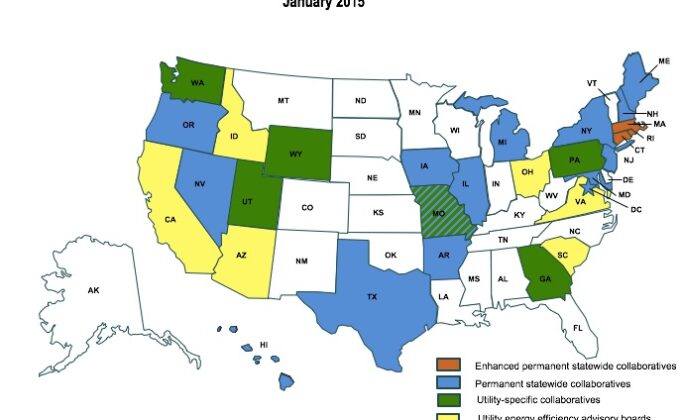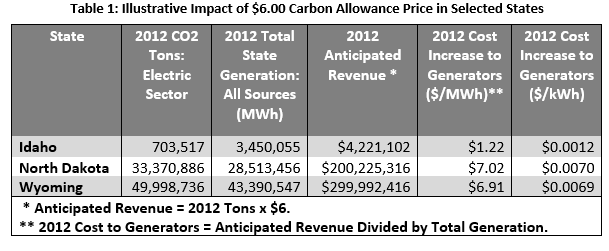
Blog
Incisive commentary from RAP experts
RAP experts keep their finger on the pulse of the energy sector and provide timely analysis of topics impacting stakeholders TODAY.
Filter >>
Content Filter:
December 3, 2015
Energy Efficiency Collaboratives, In All Shapes and Sizes, Can Help State PUCs
Most energy proceedings are convened before a state public utility commission, and offer few opportunities for consumers and other stakeholders to participate. However, collaboratives provide an effective opportunity for multiple stakeholders to discuss a variety of issues in a constructive… View Summary +

December 2, 2015
Put the Horse Before the Cart: Align Clean Power Plan Compliance with State Energy Goals
- Ken Colburn ,
- Christopher James
Most states are still sorting through the details of EPA’s Clean Power Plan (CPP) final rule. Given its significant, though generally positive, departure from the proposed rule, and EPA’s initial plan submittal deadline of September 6, 2016,… View Summary +
November 10, 2015
Bring Your Economy into the 21st Century: Tackling CO2 with Cap-and-Invest
As they consider how to comply with EPA’s Clean Power Plan (CPP), many states are reaching a growing consensus that mass-based programs with regional trading—“cap-and-trade”—could drive compliance costs down. A related mass-based approach—one with… View Summary +

November 10, 2015
完善排污许可证制度,实现空气质量的提高
- Christopher James
自2011年起,中国政府在制定综合全面的空气质量规划方面取得了巨大的进步,不仅采用了新的空气质量和排放标准、部署了上千个空气质量监测仪、制定了严格的空气质量改善目标,而且最近修订的大气法中更是包含了对于违规的企业实行“按日计罚”等措施。 制定标准是关键的第一步,而实施则是确保实现减少污染物排放目标更为重要的一步。… View Summary +
November 10, 2015
Effective Permitting System Needed to Secure Air Quality Gains in China
- Christopher James
Since 2011, the Chinese government has made significant progress in developing comprehensive air quality plans, by adopting new ambient air quality and emission standards, deploying more than 1,000 new air quality monitors, and establishing stringent air quality improvement targets. Most… View Summary +
November 6, 2015
Smart Rate Design
Rate design is the regulatory term used to describe the pricing structure reflected in customer bills and used by electric utilities in the United States. Rate design is not only the itemized prices set forth in tariffs; it is also… View Summary +
October 30, 2015
Emissions Trading in RGGI: What Does it Mean for China?
China launched seven pilot emissions trading systems (ETS) in 2013, as testing grounds for a national ETS. With the Joint Presidential Statement on Climate Change, China confirmed its plan to launch a national ETS in 2017, and… View Summary +
October 30, 2015
美国区域温室减排行动的碳交易制度:对中国有何意义?
中国于2013年开始了7个碳排放交易试点工作,作为建立全国碳交易体系的试验田。最近在中美首脑气候变化联合声明中,中方肯定了于2017年启动全国碳排放交易体系的计划,并在立法层面取得了一些… View Summary +
October 22, 2015
New Renewable Energy Integration Pilots Explore Options to Reduce Curtailment of Clean Energy
In a statement dated October 8 (that first appeared online on October 19), China’s National Development and Reform Commission (NDRC) launched pilots for renewable energy policy reform in Gansu province and Inner Mongolia. These provinces have substantial… View Summary +
October 5, 2015
Finding the Sweet Spot for Natural Gas Investment
Natural gas is an important part of our low-carbon future, but finding the “sweet spot” for gas investment is not easy. Too much investment in gas pipeline infrastructure and gas generation is risky. Gas pipeline and generation investments are long… View Summary +
